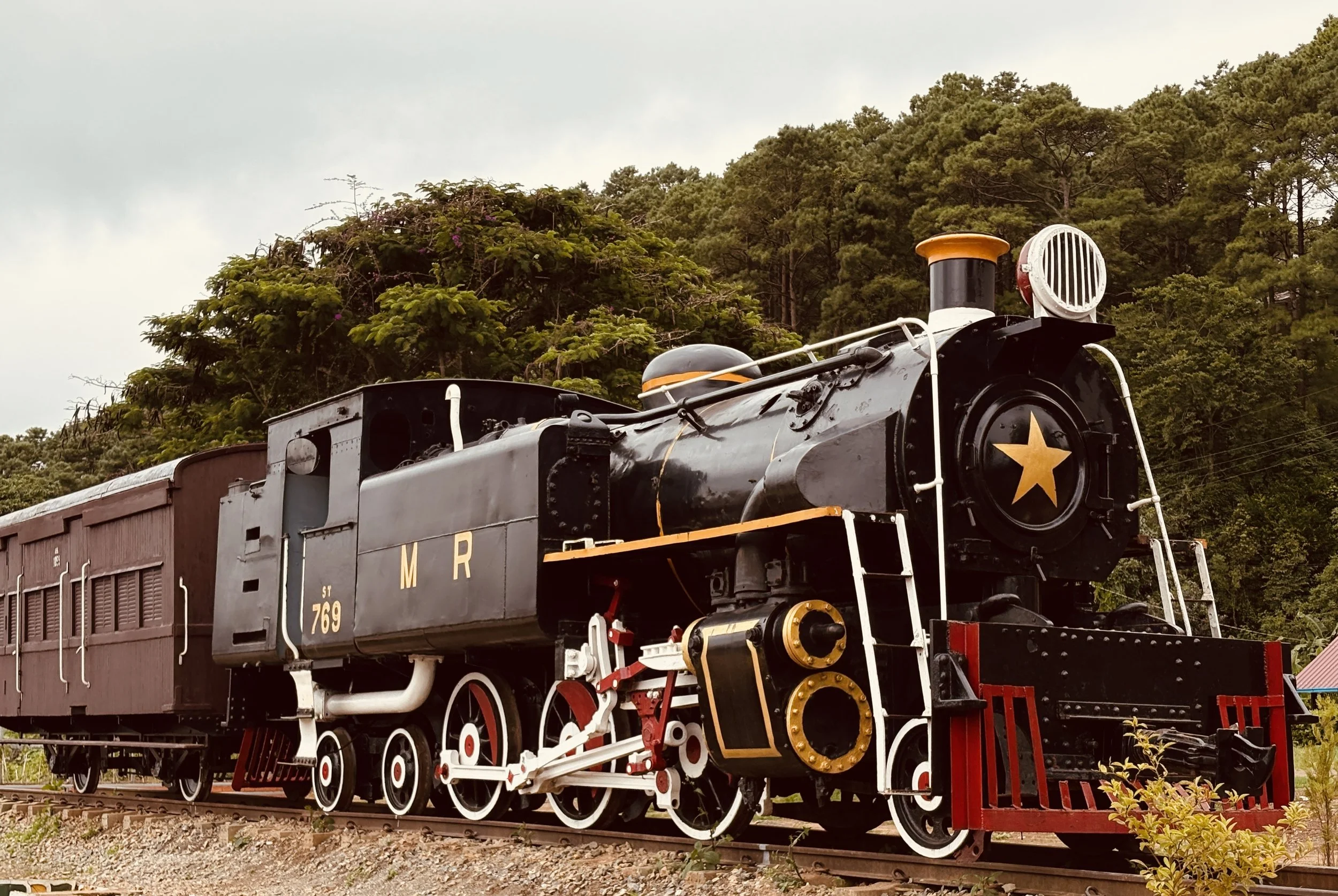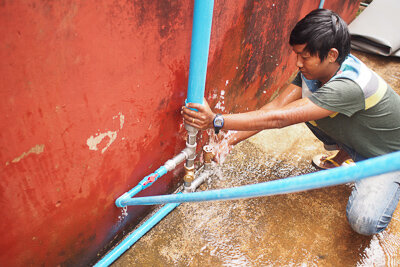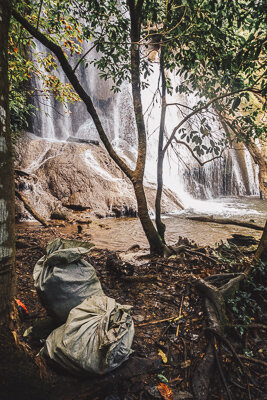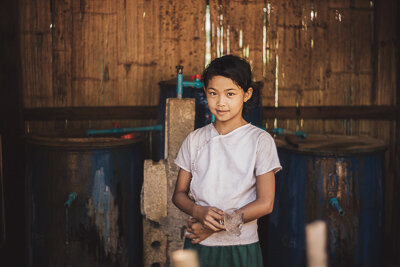A New Owner & New Future for MAO
/We, Chris and Heleen, the new owners of MAO, are incredibly honored to continue the journey of this awesome community- and nature focused tourism venture MAO, recently moved from Lashio to Kalaw in Southern Shan State, lovingly built by dear friends. Their passion for the outdoors, commitment to sustainability, and deep respect for the local communities and see them thrive laid a strong and inspiring foundation- one that we are proud of to continue in this time of exploring.
As we take the next steps as new owners of MAO, our goal is to preserve the spirit of exploration, adventure and connection with incredible peoples and situations in this amazing area of Southern Shan State. We are committed to offering adventurous experiences that celebrate the land, honour local traditions, and invite every guest to discover the hidden treasures of Kalaw surrounded by authentic villages and majestic mountain ranges.
With gratitude for the trust placed in us and excitement for what lies ahead, we look forward to welcoming both new and returning adventurers as we continue this journey guided by the same values and love for people and nature that started it all.
Arriving in the golden land of Myanmar is entering into a different world. We have much experience with traveling in Southeast Asia, but Myanmar is a precious story by itself. The beauty of nature, the friendliness of the people, the feeling by being in a world where time did not affect the things that we all hold precious.
The rich history of this fairly unknown country is visible on every corner and every trail you take. Make sure you have enough space on your phone to make pictures and video’s because you will not want to put it away. The breathtaking views in the mountains, the people who pass you by on the street, the little shops where many things still are done by manual labour, the different minorities each with their unique ways of clothing, festivals, architecture and peoples features. Every street and every trail has his own story and images what will leave you with a lifetime unerasable impression.
Byron and Eileen the original founders of MAO
We Byron and Eileen believe there is a future for these communities we leave behind, and are both advocates for them and actively looking for ways to engage them from a distance, however difficult that may currently be. It’s been our joy and privilege to serve these people and communities, to see hope grow, for change to take root, and to dream together with staff and with communities. We’ve loved intensely and have lost much, both in lost loved ones from the MAO family and community partners, but also vision and unrealized potential. We hold Shan State and its people in our hearts. The office is now moved from Northern Shan to Kalaw in Southern Shan State. In September 2024 we have also made the difficult decision to sell Myanmar Adventure Outfitters to Chris and Heleen who have great vision for MAO’s future in Kalaw and its surrounding communities.












